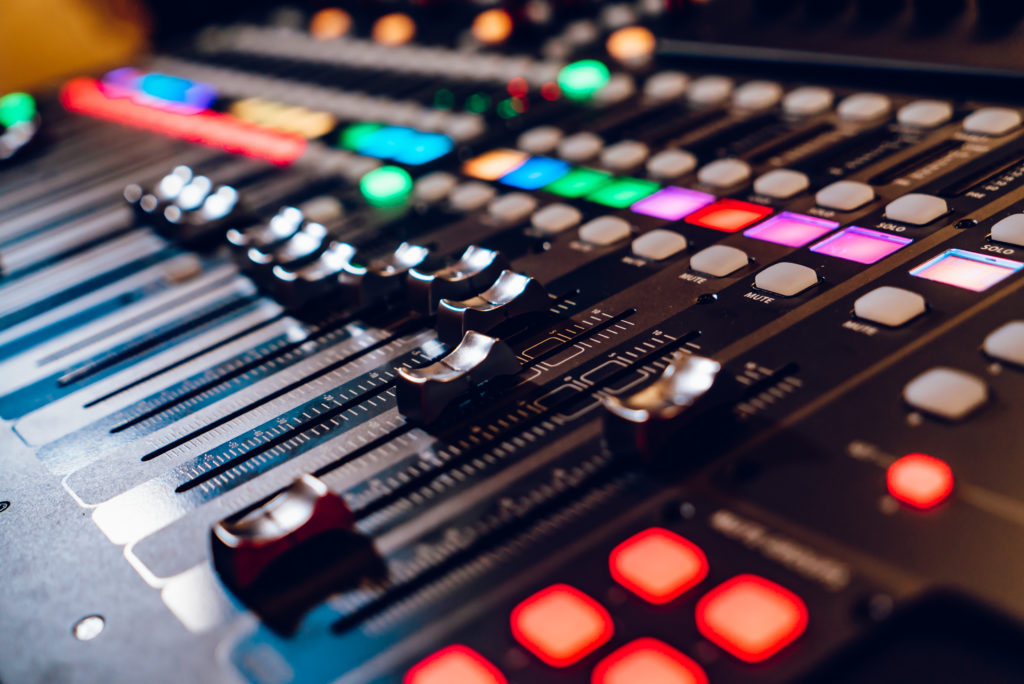Audio-Visual (AV) equipment plays a crucial role in modern communication, entertainment, and business. Whether you’re setting up a home theater, hosting a corporate event, or equipping a classroom, understanding the components and types of AV equipment is essential. This guide delves into av tub its categories, and best practices for usage.
What is AV Equipment?
AV equipment refers to tools and devices used to enhance sound and visuals. These devices range from projectors and microphones to advanced sound systems and interactive displays, designed to create engaging and immersive experiences.
Categories of AV Equipment
AV equipment can be broadly divided into three categories: audio equipment, visual equipment, and integration tools.
1. Audio Equipment
Audio tools amplify, record, or reproduce sound. Common examples include:
- Microphones: Essential for sound input, widely used in presentations, performances, and recordings.
- Speakers and Sound Systems: Ensure clear audio delivery to audiences of all sizes.
- Mixers: Combine audio signals from various inputs, offering control over sound quality and effects.
2. Visual Equipment
Visual tools ensure a clear and impactful display of images and videos.
- Projectors: Popular for presentations and movie screenings, available in LCD, DLP, and laser variants.
- Displays: Includes monitors, TVs, and LED screens for high-definition visuals.
- Cameras: Used for recording and streaming, from compact webcams to professional-grade equipment.
3. Integration and Control Tools
These tools bridge the gap between audio and visual elements for seamless operation.
- Switchers: Manage multiple audio and video inputs.
- Cables and Connectors: HDMI, VGA, and audio cables ensure smooth transmission of signals.
- Control Systems: Centralize AV operations, allowing remote or automated control of equipment.
Applications of AV Equipment
AV equipment is versatile and integral to various settings:
1. Corporate Use
- Conference Rooms: For presentations, video conferencing, and meetings.
- Training Sessions: Interactive displays and projectors enhance learning.
2. Education
- Classrooms: Smartboards and projectors aid teachers in delivering engaging lessons.
- Lecture Halls: High-quality sound systems ensure students hear every word.
3. Entertainment
- Home Theaters: High-definition screens and surround sound systems elevate the movie experience.
- Live Events: Professional audio and lighting create memorable concerts and performances.
4. Retail and Marketing
- Digital Signage: Attracts customers with eye-catching visuals.
- Interactive Kiosks: Offer information or self-service options to users.
Best Practices for Using AV Equipment
1. Understand Your Needs
Before investing in AV equipment, determine the size of your space, the type of audience, and the intended purpose.
2. Invest in Quality Equipment
Opt for reliable brands known for durability and performance.
3. Prioritize Compatibility
Ensure all components can connect and work together seamlessly.
4. Regular Maintenance
Keep equipment clean and updated to avoid disruptions.
5. Seek Professional Help
For large-scale setups, consult AV specialists to optimize performance.
Latest Trends in AV Equipment
1. Wireless Connectivity
Modern AV tools use Bluetooth and Wi-Fi for wireless operation, reducing cable clutter.
2. 4K and 8K Displays
Ultra-high-definition screens offer unparalleled clarity.
3. AI-Powered Systems
AI integration enables features like voice control and intelligent adjustments for lighting and sound.
4. Virtual Reality (VR) and Augmented Reality (AR)
These technologies revolutionize presentations, training, and entertainment.
Top Brands in AV Equipment
- Sony: Renowned for projectors and cameras.
- Bose: Specializes in high-quality audio systems.
- Crestron: Known for advanced control and automation solutions.
- Samsung: Leader in displays and digital signage.
- Logitech: Offers affordable and versatile audio-visual solutions.
- Conclusion
AV equipment is indispensable in today’s technology-driven world. From enhancing education and entertainment to transforming corporate communication, its applications are vast and impactful. By understanding the essentials of AV tools and keeping up with trends, individuals and organizations can make informed decisions and optimize their audio-visual experiences.
Invest wisely, maintain regularly, and embrace innovations to maximize the potential of your AV equipment.









